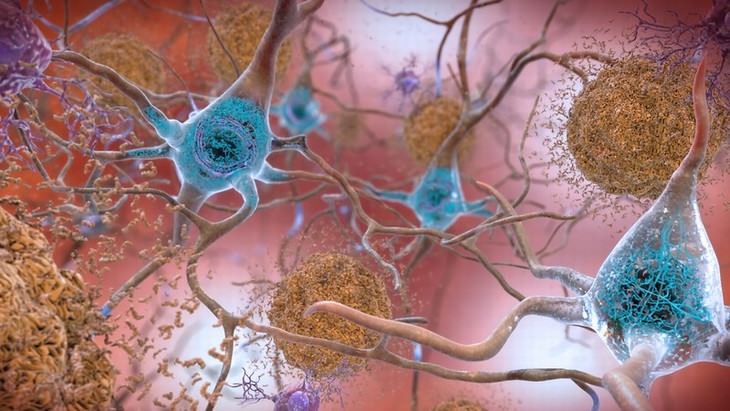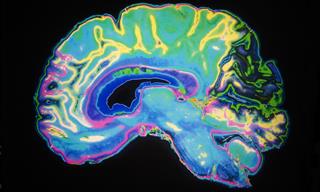In 2019, a new study was published in the Science Advances journal finding a bacterium typically associated with gum disease in the brains of Alzheimer’s patients. But the researchers didn’t stop there and did a follow-up study in an attempt to find not only a cause but also a cure for the condition.
The scientists suggested that toxins called gingipains produced by Porphyromonas gingivalis bacteria were to blame for the creation of plaques and tangles, and they developed a drug they called COR388 that blocks these gingipains. During this second experiment, mice were exposed to the Porphyromonas gingivalis bacteria, and after 6 weeks, the bacteria already appeared in their brain and started causing plaques.
Then, the mice were treated with the drug the researchers had developed, which resulted in a significant reduction of plaques in the mice’s brains and halted neurodegeneration. The researchers conclude that Alzheimer’s disease is caused by the Porphyromonas gingivalis bacterium, and they are already in the process of conducting clinical trials on human subjects to test the efficacy of the experimental drug.
In an interview with the New Scientist in December of 2019, one of the leading authors of the study Steve Dominy revealed that 570 people with mild to moderate Alzheimer’s from 95 health centers across the US and Europe were enrolled in the clinical trial, and we should expect the results in 2021.
A Critical View
While the gum disease study definitely uncovered one way the beta-amyloid plaques and TAU tangles characteristic of Alzheimer’s can occur, many leading scientists in the field point out that we should look at the bigger picture instead of stating that Porphyromonas gingivalis is the exclusive cause of Alzheimer’s, as any other microorganism could likewise be responsible for the formation of plaques and tangles.
Still, the research is exemplary, as it makes us reimagine what the plaques and tangles found in Alzheimer's patients' brains really are - a symptom of the disease, instead of its definitive cause. The study also managed to show how an infection considered relatively harmless managed to contribute to the development of the most widespread neurodegenerative condition - Alzheimer’s disease.
The lesson here is clear: good overall health, including dental hygiene and oral health, as well as a timely treatment of any infections, even seemingly minor one, is key in preventing serious future health issues.
 Go to BabaMail
Go to BabaMail




























